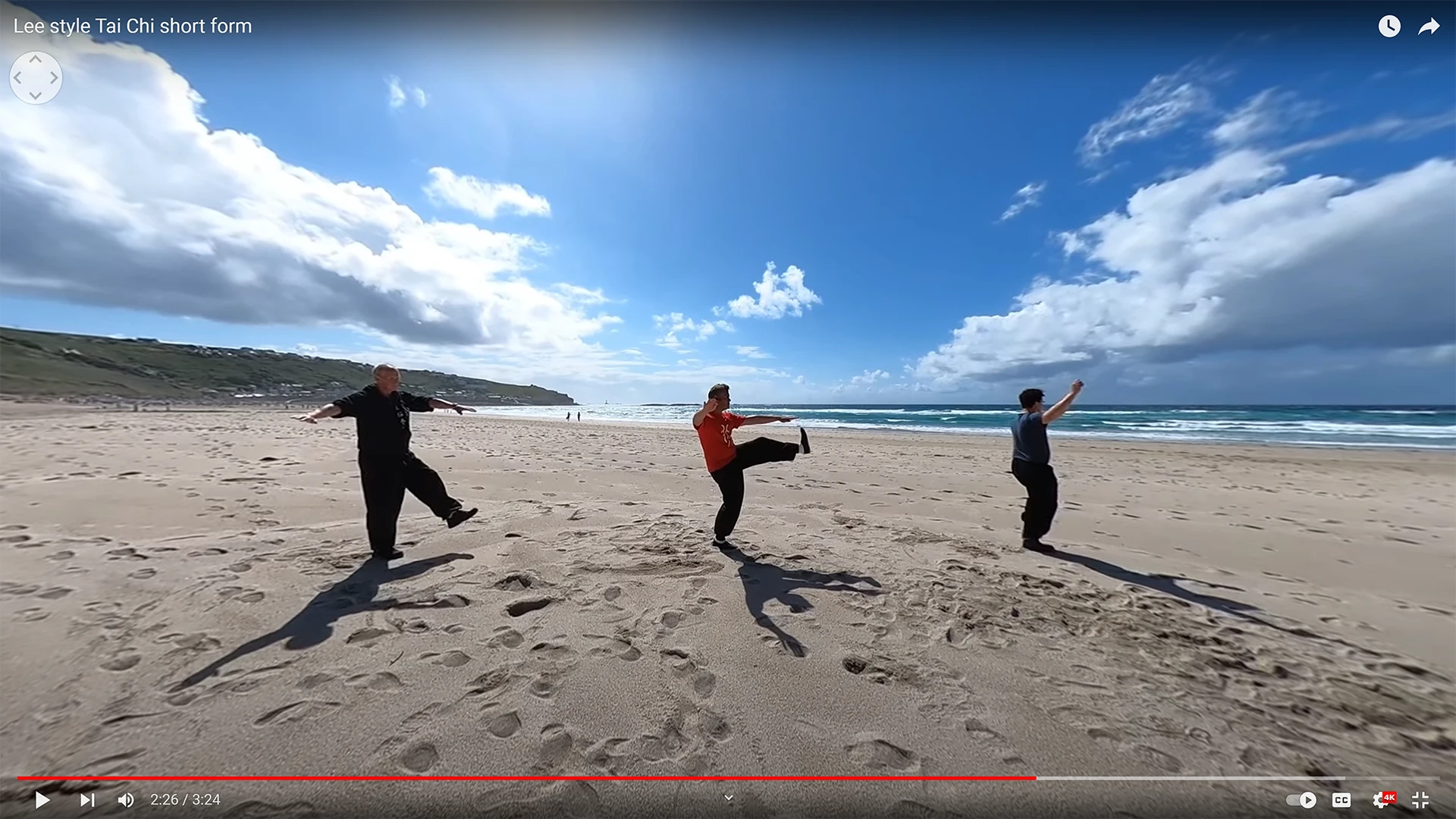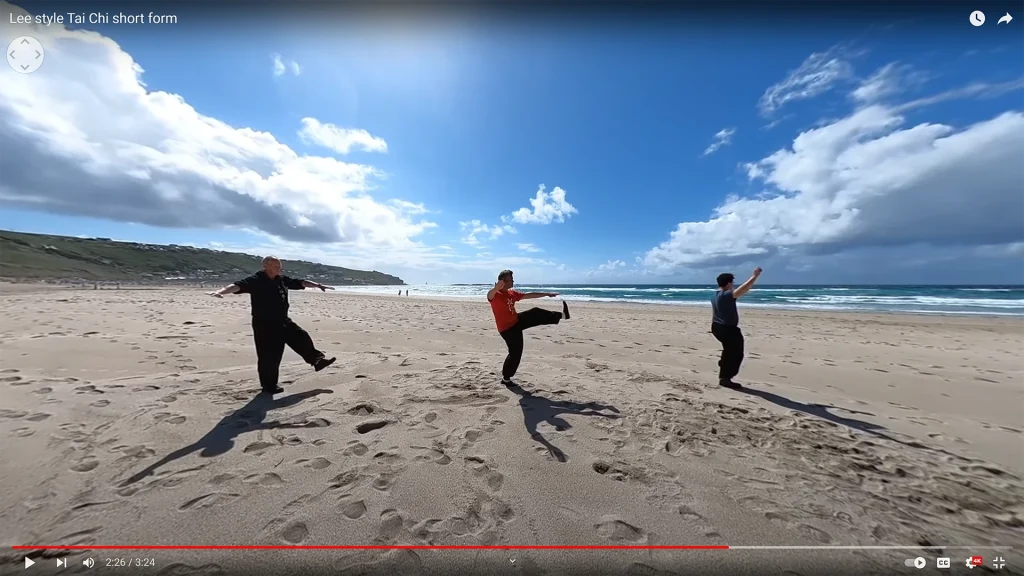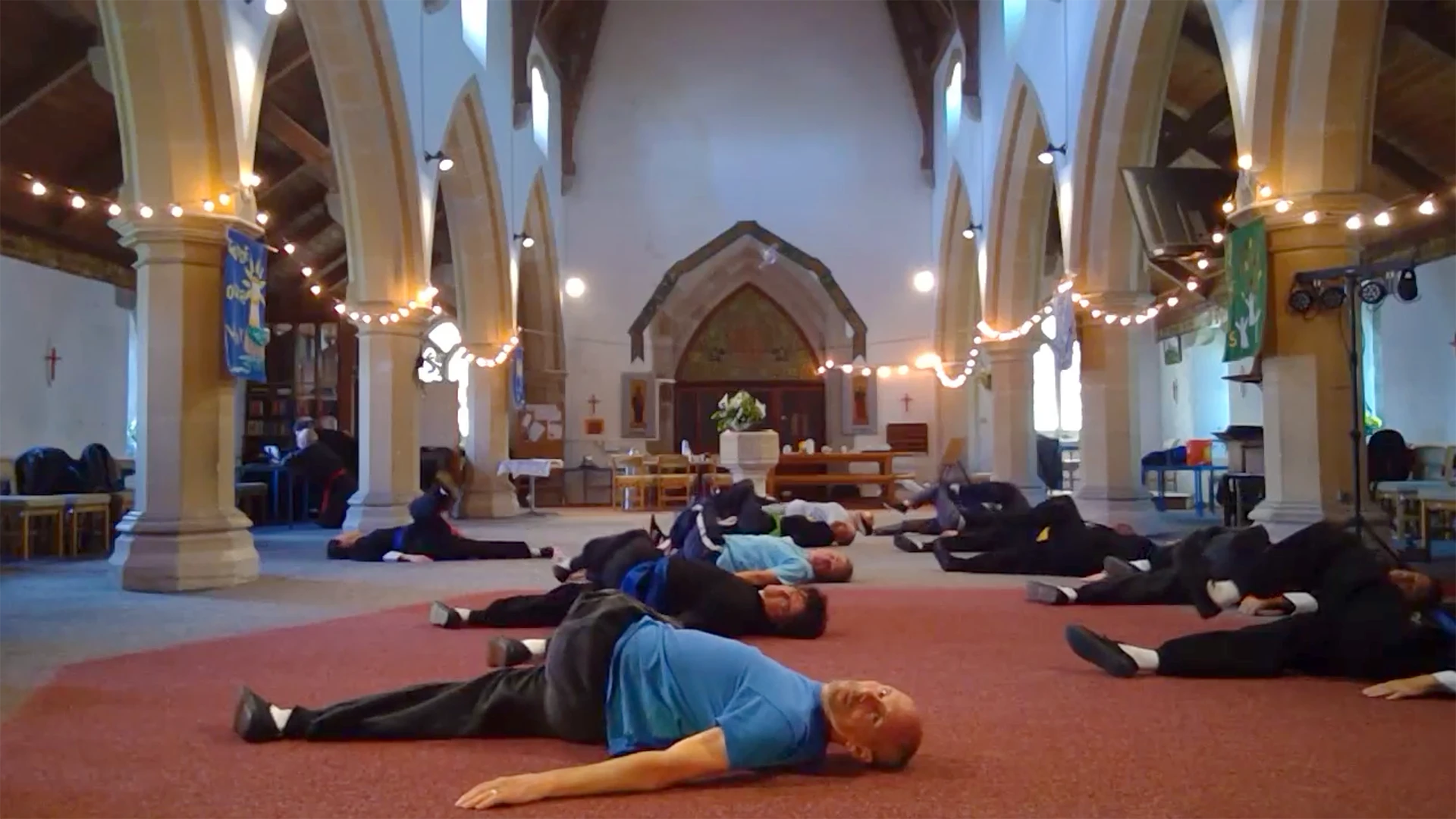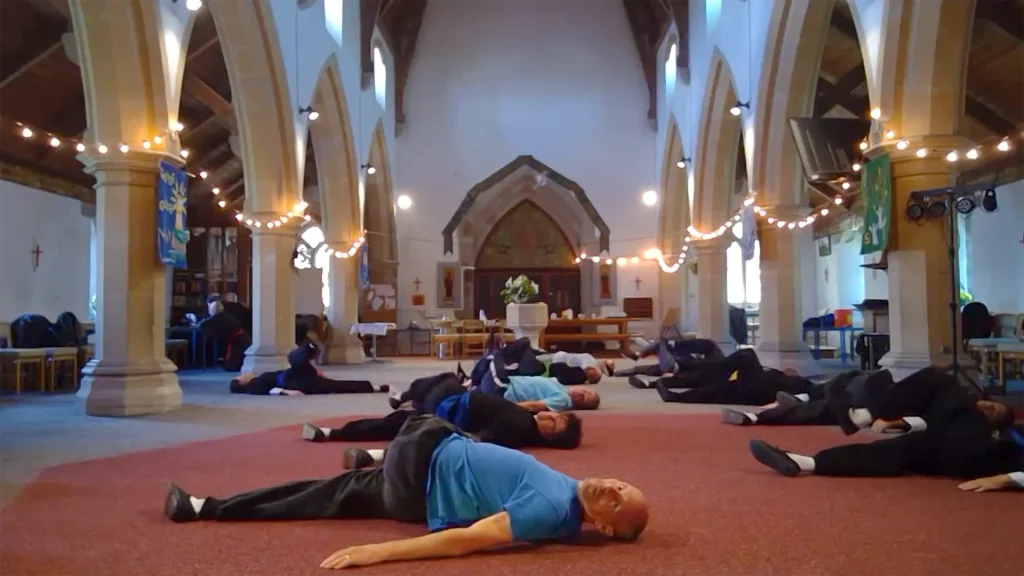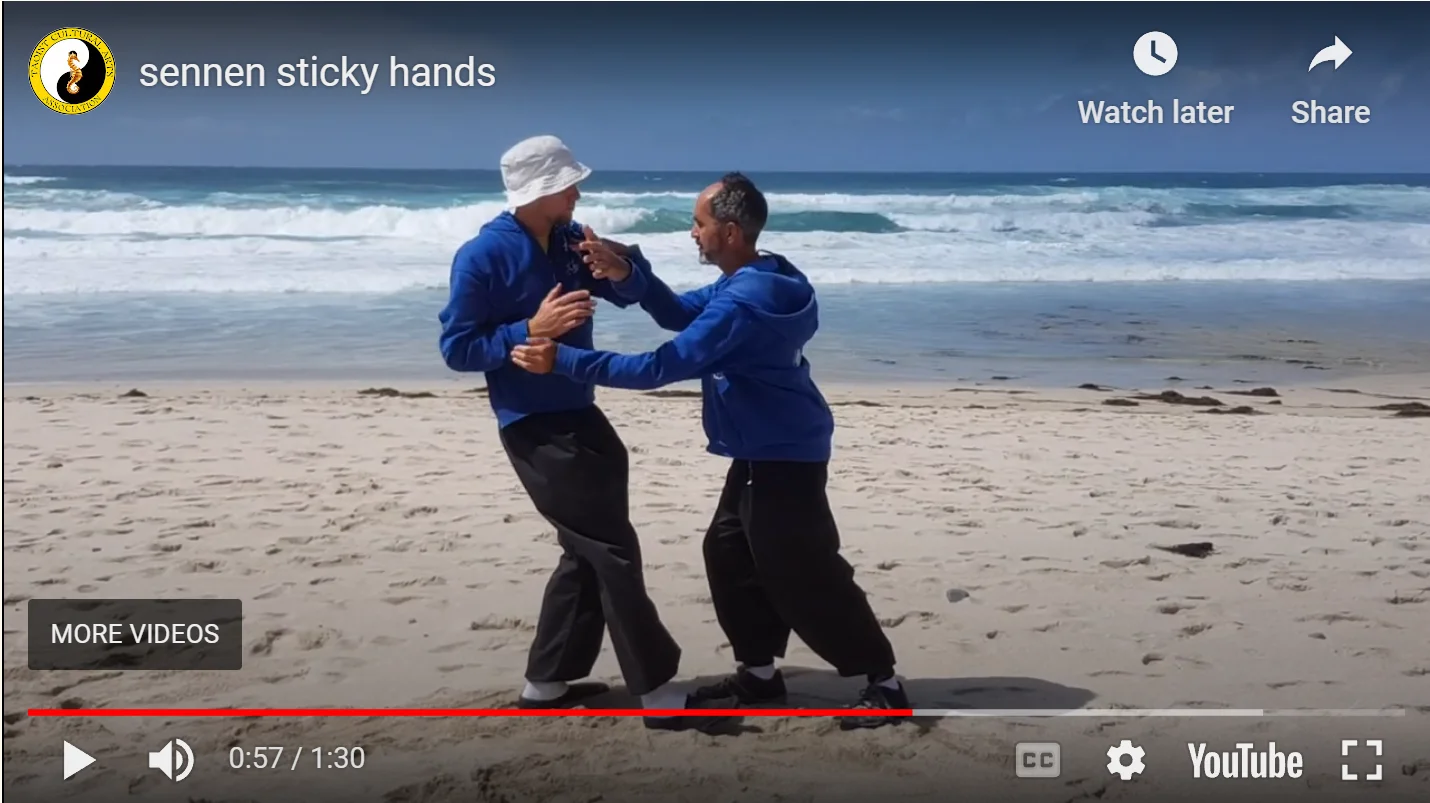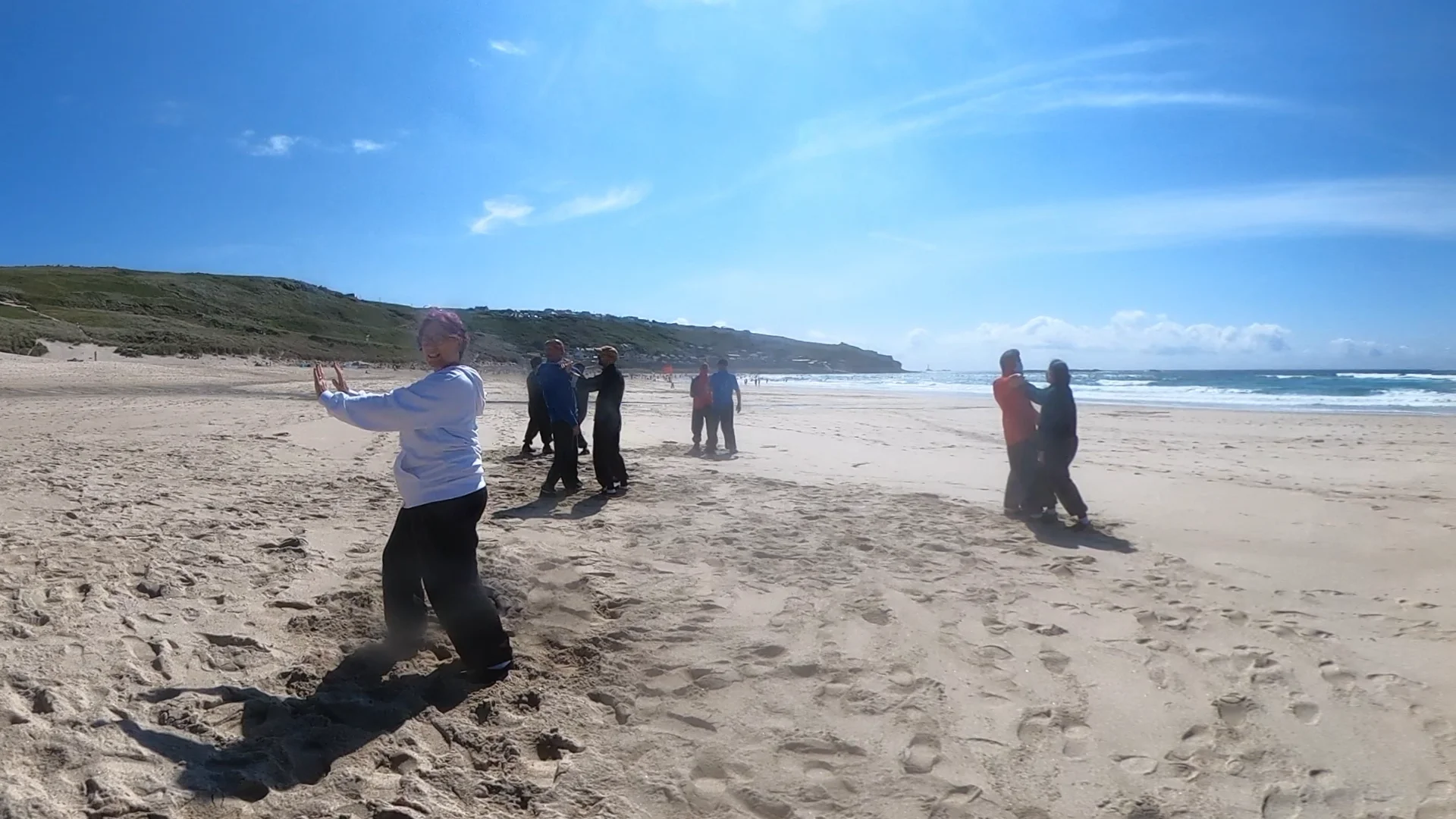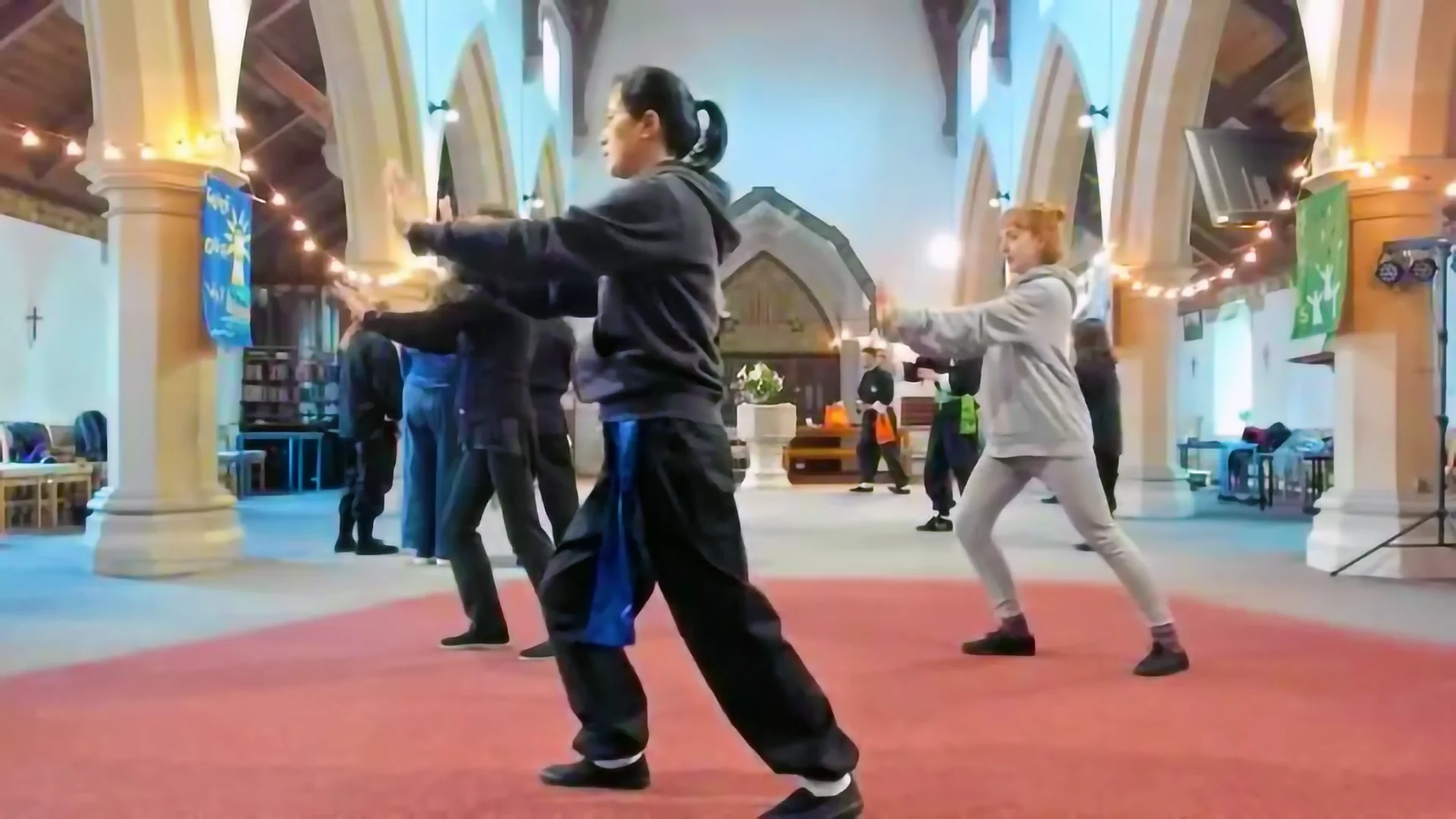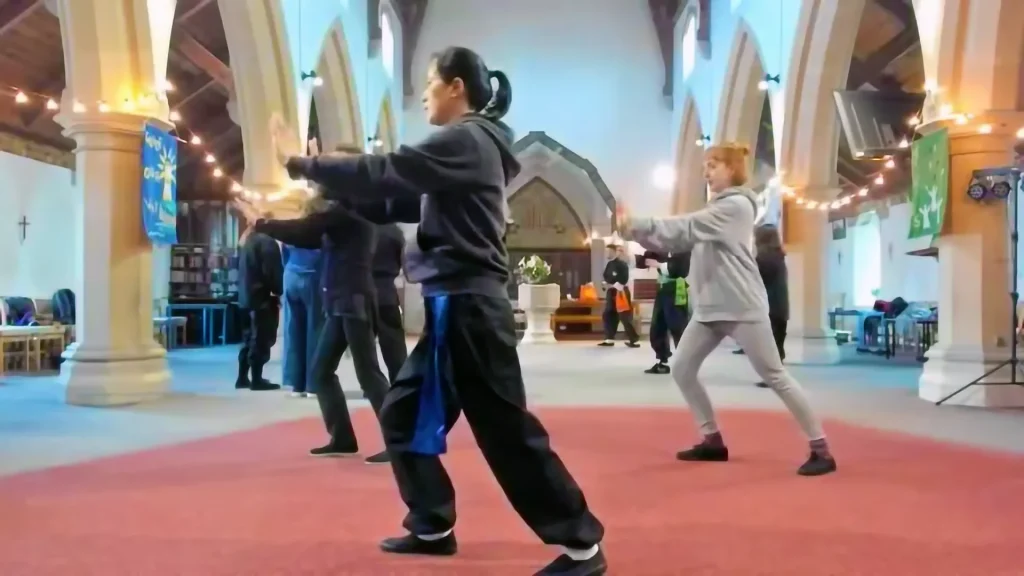
One of the key elements of Tai Chi is the concept of Qi, which is often translated as energy. In this blog post, we will explore the role of Qi in Tai Chi practice and how it can help you improve your physical, mental, and emotional health.
What is Qi?
Qi is a fundamental concept in Chinese culture and traditional medicine. It is often translated as “life force” or “vital energy,” and is believed to be the motive force of all living things. According to traditional Chinese medicine, Qi flows through the body along specific pathways known as meridians. When Qi is flowing freely, a person is healthy and balanced. When Qi is blocked or deficient, illness and disease can occur.
In Tai Chi, Qi is often described as the energy that powers the movements of the body. It is said to flow through the body in a smooth and continuous manner, creating a sense of internal harmony and balance. The goal of Tai Chi practice is to cultivate and harmonize Qi, allowing it to flow freely throughout the body.
The Three Treasures: Jing, Qi, and Shen
In traditional Chinese medicine, Qi is one of three fundamental substances known as the Three Treasures. The other two treasures are Jing and Shen. Jing is the stored essence of the body, including the bones, marrow, and reproductive fluids. Shen is the spirit or consciousness, including emotions, thoughts, and perceptions.
The three treasures are intimately connected, and each one affects the others. For example, when Jing is strong and healthy, it can support the cultivation of Qi and Shen. When Qi is flowing freely, it can nourish Jing and support the health of the body. When Shen is calm and peaceful, it can help to harmonize Qi and Jing.
In Tai Chi, the cultivation of Qi is seen as a way to harmonize and balance all three treasures, leading to improved health and well-being.
Cultivating Qi in Tai Chi Practice
There are many ways to cultivate Qi in Tai Chi practice. Here are some key principles to keep in mind:
- Relaxation: Tai Chi movements should be performed in a relaxed and fluid manner. Tension in the body can block the flow of Qi, so it is important to let go of any unnecessary tension.
- Breath Control: The breath is closely connected to Qi. In Tai Chi, the breath should be slow, deep, and relaxed, with an emphasis on exhaling fully to release stale air and toxins from the body.
- Concentration: Tai Chi is often described as a moving meditation. It is important to focus the mind on the movements and sensations of the body, allowing distractions to fade away.
- Visualization: Many Tai Chi practitioners use visualization techniques to help cultivate Qi. For example, imagining a ball of light moving through the body along the meridians can help to enhance the flow of Qi.
Cultivating Qi
Cultivating Qi in Tai Chi practice can have many benefits for your physical, mental, and emotional health. Here are just a few examples:
- Improved Energy: When Qi is flowing freely, it can increase energy levels and reduce fatigue.
- Reduced Stress: Tai Chi practice has been shown to reduce stress and anxiety, which can be beneficial for overall health and well-being.
- Improved Balance: Tai Chi movements are slow and deliberate, which can improve balance and reduce the risk of falls, especially in older adults.
- Enhanced Immune Function: Cultivating Qi can boost the immune system, helping to prevent illness and disease.
Cultivating Qi can improve physical, mental, and emotional health, and is a key factor in the overall benefits of Tai Chi. By incorporating principles such as relaxation, breath control, awareness, and visualization into your Tai Chi practice, you can enhance the flow of Qi throughout your body and reap the many benefits that come with it.
If you’re interested in learning more about Tai Chi and how to cultivate Qi, consider joining a Tai Chi class. A skilled instructor can guide you through the movements and help you develop a deeper understanding of the role of Qi in Tai Chi practice. With regular practice and dedication, you can unlock the power of Qi and experience the many benefits that Tai Chi has to offer.

